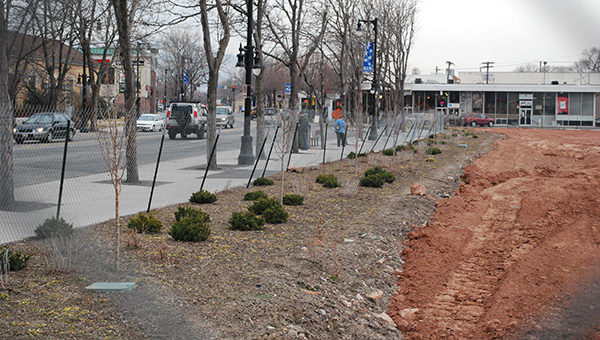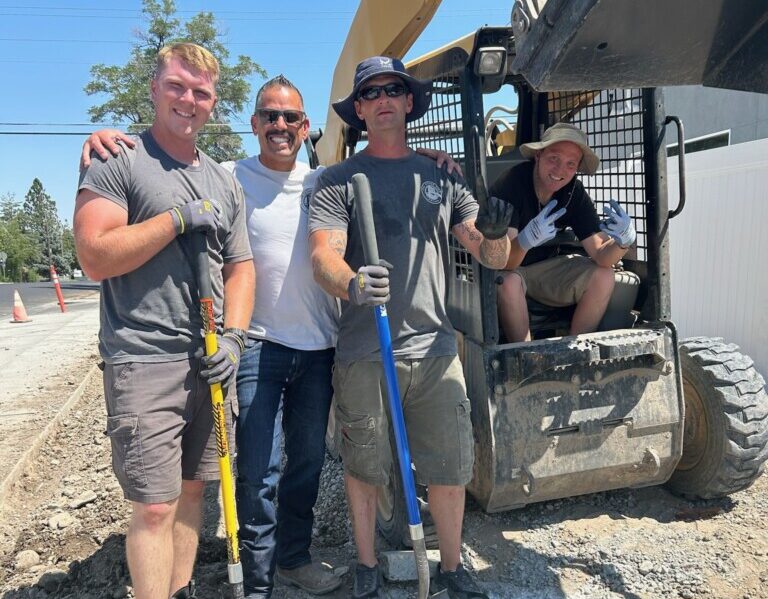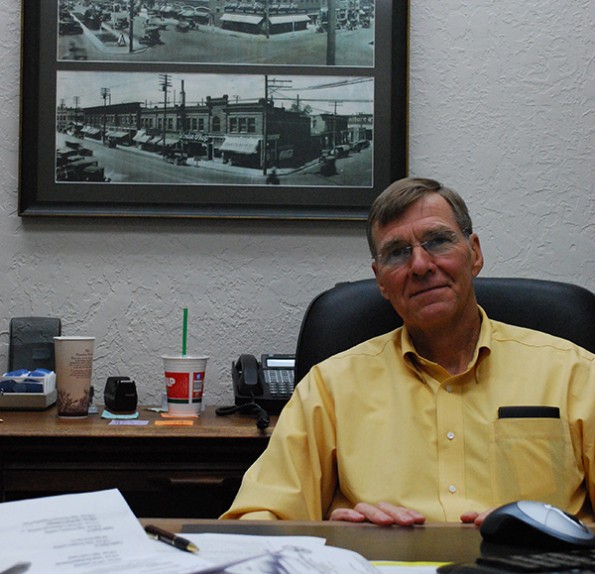
Craig Mecham has now inserted a fence around his property in which he has evicted his long-time tenants, such as Sugar House Furniture, Fats Bar, and about ten others. Mecham wants to tear down the buildings and lease the land to University Health Care. Mecham has not submitted any drawings to the Salt Lake Planning Commission, and he hasn’t even verified to the media his new tenant nor any of his plans. He has ignored our many calls for comment.
This maneuvering is reminiscent of 2008 when citizens and Sugar House Community Council members made attempts to convince Mr. Mecham of to save the historic buildings he was planning to demolish. The cries to preserve Sugar House’s character and historic integrity fell on deaf ears. And Utah Stories acquired footage of Mr. Mecham demolishing his buildings during a blizzard. Rather than face the continued onslaught of public criticism Mecham decided to suffer a blizzard (perhaps God’s wrath) while he chose to demolish the over 100-year-old structures.
Certainly property rights are a large part of what it means to live in America. Property and what a person chooses to do with his property is an integral part of our Constitution. A property owner should be able to develop and build on his property to the greatest extent that liberty allows. (I’m writing this as a devout Libertarian). However, when historic integrity, local business vitality and community culture all come into play over development— then citizens, community leaders and politicians all have the right to voice their concerns and participate in the process of over how potential plans might conflict with master plans and existing zoning laws.
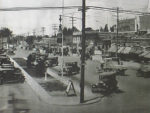
It’s clear that Mr. Mecham would prefer to skip this process, but I feel obliged—as a concerned Sugar House resident– as well as someone who started a business in Sugar House —to voice my opinion. If Mr. Mecham wants to put his wrecking ball to work, on the local businesses in Sugar House, then he can accept the public’s will to maintain the integrity of the neighborhood. The practice of replacing long-time established businesses with the likes of Buffalo Wild Wings, Pot Belly and others will cause Sugar House to become indistinguishable from all of the cities already teaming with chain stores and corporate retail. It will lose it’s appeal and draw.
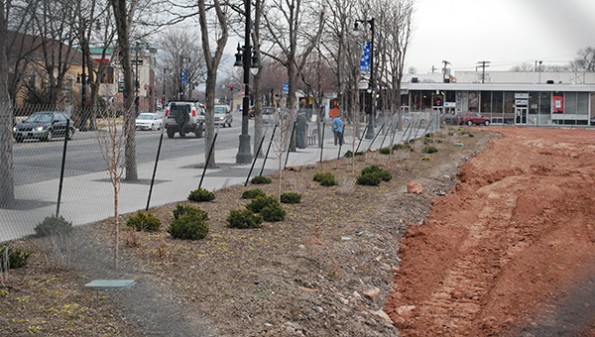
In the Sugar House town center vision statement they speak to the importance of maintaining a “village” environment. This means that “signage should be maintained for pedestrians, locally-owned businesses should be preferred over national chains.” Further the vision statement says, they wish to support architecture and landscape that, “honors the past.” and that visitors should be able to come to Sugar House and become familiar with its history via its, “preservation of vintage architectural elements and signage and every effort should be made to preserve those assets that have known historical value.”
Everything that Mr. Mecham is attempting to do runs contrary to this vision statement. We would love your input on this story. We would like to print comments about what residents would like to see in Sugar House.

